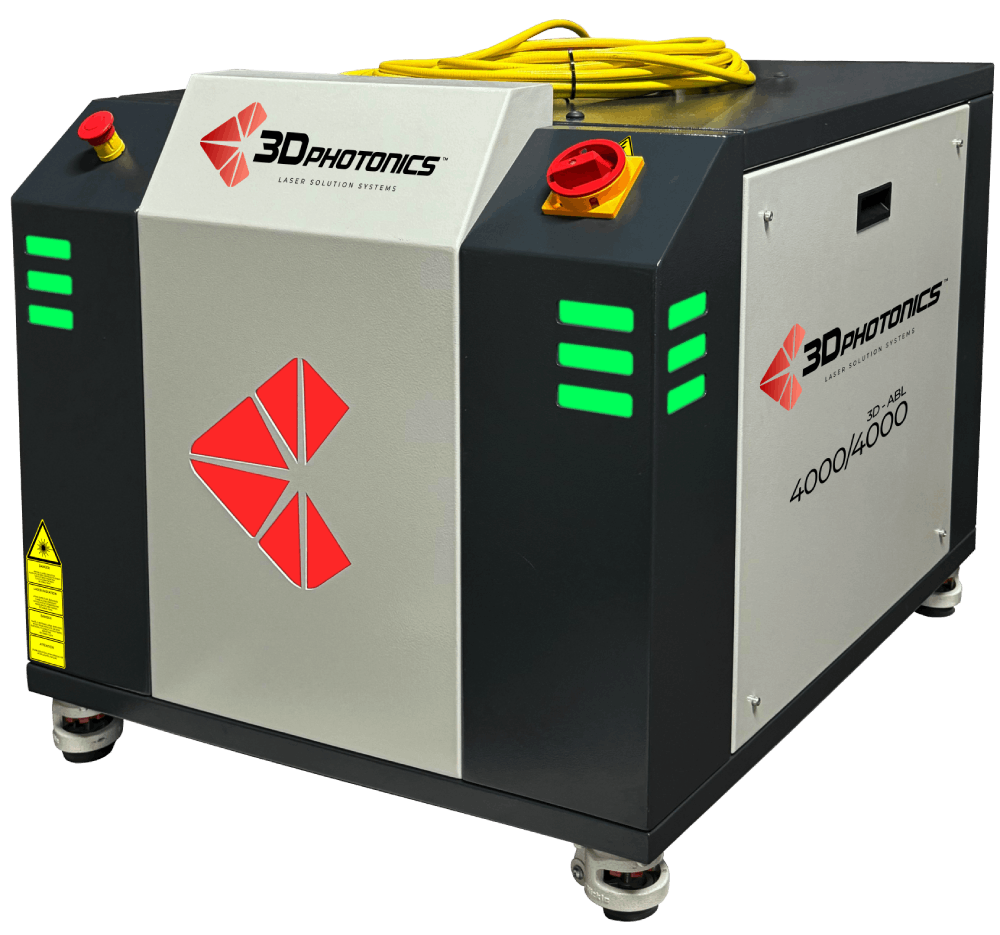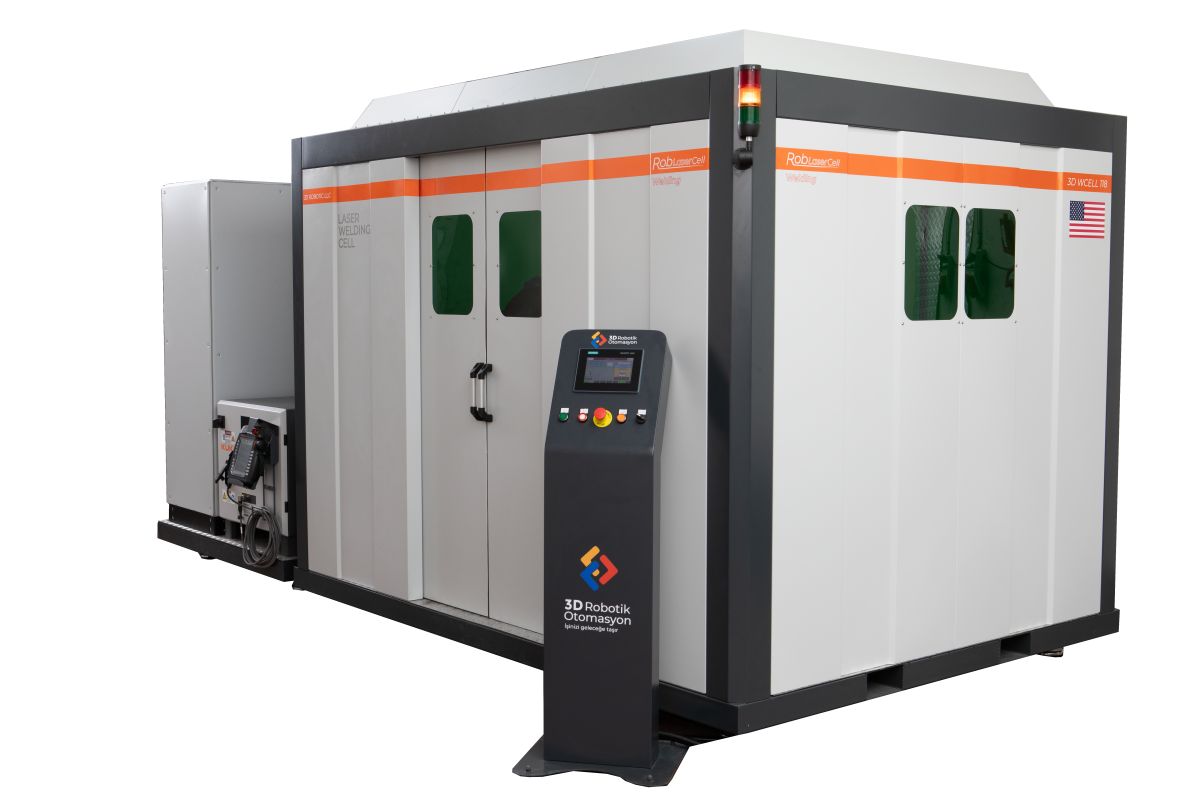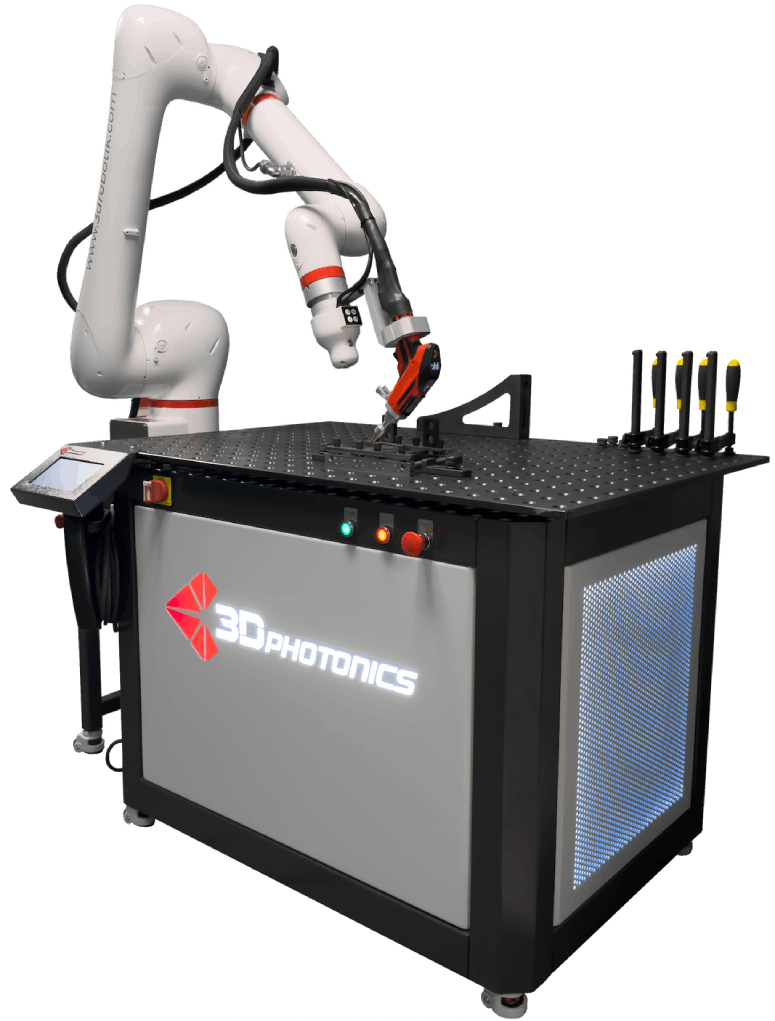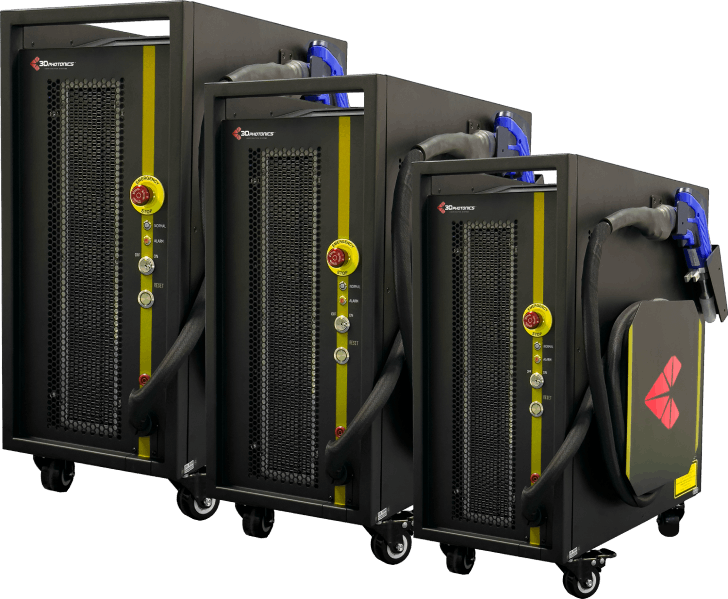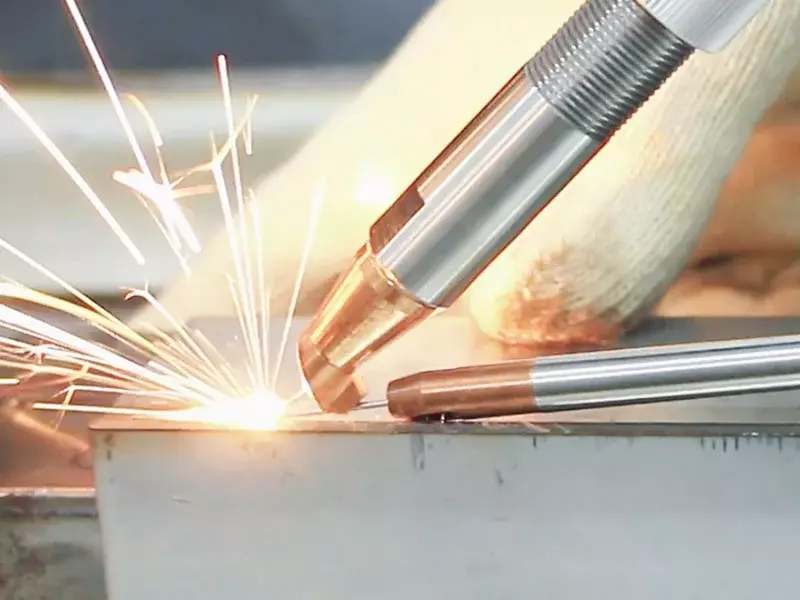
Handheld laser welding systems are revolutionizing industrial processes with their mobility and efficiency. However, to truly benefit from this technology, users need to follow certain best practices. In this article, we explore the critical factors to keep in mind when operating a handheld laser welding machine.
1. Understanding the Structure of Handheld Laser Welders
These systems include a power source that generates a high-density laser beam, an optical unit to direct the beam, and a lightweight, ergonomic handheld welding gun. Their performance depends greatly on component quality and system calibration.
2. Key Factors Before Purchasing
- Power Output: Choose between 1000W–3000W depending on material thickness.
- Laser Type: Fiber lasers are ideal for welding metals.
- Cooling System: For high-frequency use, water-cooled systems are preferable.
- Safety Certifications: Look for CE, FDA, or other safety-compliant certifications.
3. Safety Precautions During Operation
- Always wear laser-safe protective goggles.
- Operate in a well-ventilated space.
- Avoid reflective surfaces to prevent beam deflection hazards.
- Maintain body balance and secure grip during welding.
4. Recommended Settings by Material
| Material | Recommended Power | Focus Setting |
|---|---|---|
| Stainless Steel | 1500W | Medium |
| Aluminum | 2000W+ | Wide focus range |
| Carbon Steel | 1000W - 1500W | Narrow focus |
5. Maintenance and Servicing
Even high-performance machines require regular upkeep. Monthly maintenance routines should include lens cleaning, coolant replacement, software updates, and air filter checks to prolong system life.
Conclusion
Handheld laser welding machines offer superior speed and precision, but safety, correct usage, and regular care are essential to maximize ROI. Invest wisely and unlock the full potential of portable laser power in your production line.
Frequently Asked Questions
Is it easy for beginners to operate?
Yes. With intuitive interfaces and ergonomic design, even new users can learn quickly after basic training.
Which industries commonly use these machines?
Automotive, agriculture, construction, white goods, and general metal processing industries.
How often should maintenance be performed?
For frequent use, monthly maintenance is recommended to ensure performance and safety.
- Operator Training in Handheld Laser Welding: How It Impacts Efficiency
- Error Detection and Preventive Maintenance in Automated Laser Welding Lines
- Fume and Particle Filtration in Laser Welding: What to Know for Workplace Safety
- AI-Driven Manufacturing with Photonics: Possibilities and Applications
- Next-Generation Solutions in Industrial Laser Cooling Technologies
- Is Zero-Loss Possible with Energy-Efficient Laser Production Lines?
- Laser Marking or RFID? Advantages of Traceability Technologies
- How Do Automatic Wire Feeding Systems Work in Laser Welding?
- Deep Penetration and Thermal Balancing in Fiber Laser Welding Technology
- Fast Production Advantage with Handheld Laser Welding Machines
- 5 Technical Criteria Defining Quality in Laser Systems
- How to Improve Energy Efficiency with Laser Welding?
- Photonics and Automation: Your Guide to Smart Manufacturing
- Product Protection Against Counterfeiting with Laser Marking Systems
- Can Handheld Laser Welders Reach Tight Spaces?
- Choosing Industrial Laser Systems: Power, Efficiency, and Compatibility
- The Role of Cooling Systems in Laser Welding Technology
- Why is Photonics Important? A Rapidly Growing Industry in Turkey and the World
- Handheld Laser Welding: Why It's the Smart Choice for Mobile Applications
- What is Laser Marking? Permanent and Secure Tracking in Production
- Laser Welding Systems: The New Standard in Metal Joining
- Revolutionizing Manufacturing with Photonics Technology: Light that Shapes the Future
- Things to Consider When Using Handheld Laser Welding Machines
- How to Achieve High-Precision Manufacturing with Laser Systems?
- What is Handheld Laser Welding? How Portable Power Transforms Industry
- 3D Photonics Successfully Unveils ABL-SM Laser Series at AMC 2025!
- 3D Photonics Named Platinum Sponsor at AMC 2025 Conference
- Why Choose 3DPhotonics? Strong Technology Partnership for Your Projects
- From Education to Industry: Fields Covered by Photonic Technologies
- Is Sustainable Production Possible with Laser and Photonic Solutions?
- Is Micron-Level Processing Possible with Lasers? How It's Achieved
- Recent Developments in Fiber Laser Technology
- 5 Key Factors That Define Quality in Optical Systems
- What Is Laser Marking? Permanent and Reliable Traceability Solutions
- Using Spectrometers in Industrial Applications
- Laser Cutting vs CNC: A Comparative Guide
- Optical Solutions in 3D Manufacturing: The Power of Precision
- The Role of Laser in the Defense Industry: Next-Generation Security Technologies
- What Are Optical Filters Used For? The Impact of Right Selection on Production
- FABTECH Chicago, September 8-11, 2025
- 3D Photonics at FABTECH 2024: Showcasing Advanced Laser Technologies for Industrial Applications
- 3D Photonics Showcases Innovative Laser Solutions at EUROBLECH 2024
- What is Photonics?
- Robot Investments Summit | 20-23 December | Istanbul
- 16. Blechexpo | 7 - 10 November | Messe Stuttgart

